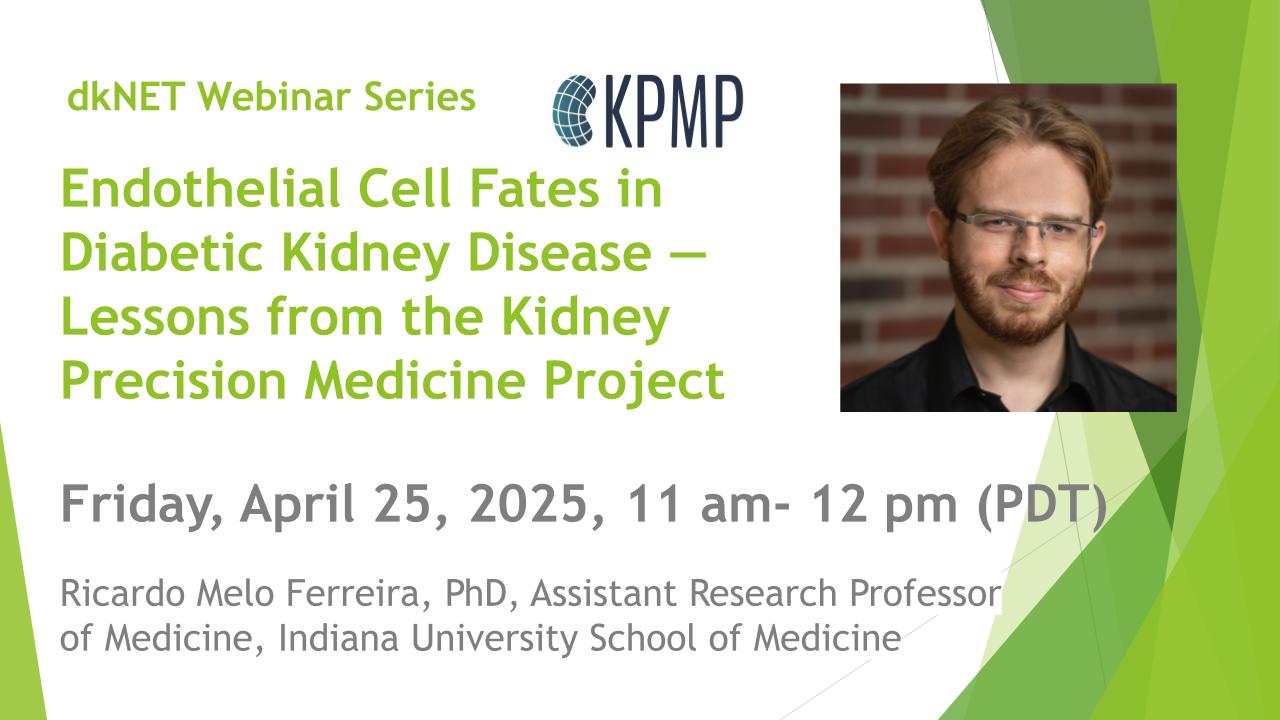Leaving Community
Are you sure you want to leave this community? Leaving the community will revoke any permissions you have been granted in this community.
[Recorded Webinar and Slides are Available Now!] dkNET Webinar "The National Sleep Research Resource (NSRR) - Opportunities for Large-Scale Sleep and Circadian Data to Promote Understanding of Metabolic Diseases"
*Watch recorded webinar here: https://youtu.be/FC3Nerfeh1E
Join dkNET Webinar on Friday, October 27, 2023, 11 am - 12 pm PT
Presenter: Susan Redline, MD, MPH, Peter C. Farrell Professor of Sleep Medicine, Professor of Epidemiology, Harvard T.H. Chan School of Public Health
Abstract
Experimental, clinical and epidemiological studies have identified multiple inter-relationships of sleep with glucose regulation and metabolic disease. In one meta-analysis, after overweight and family history of diabetes, the next 7 top risk factors for incident diabetes were measures of sleep health. These included poor sleep quality, insomnia, short or extremely long sleep duration, and sleep apnea; each sleep problem was associated with incident diabetes with relative risks ranging from 1.38 to 1.74. A mechanism linking sleep apnea with diabetes is through the effects of intermittent hypoxemia on insulin sensitivity. However, studies using neurophysiological markers of sleep in healthy adults showed that selective reduction of slow wave sleep reduced glucose tolerance by 23%, thus additionally suggesting the importance neurophysiological mechanisms during sleep in glucose regulation. In support of this, longitudinal epidemiological studies demonstrated that higher proportions of slow wave sleep (N3) were protective for the development of type 2 diabetes. Recent animal and human studies also point to the effects of sleep micro-architecture—specifically the coupling of slow waves and spindles- on short-term and long-term glucose regulation, possibly through the effects on signaling between the hippocampus and hypothalamus, and changes in autonomic nervous system output. Experimental data also demonstrate a prominent role of the circadian system in regulating glucose and lipid levels. In support of those studies, epidemiological associations have identified significant associations between actigraphy-based measures of sleep irregularity (a marker of circadian disruption) with incident metabolic dysfunction and hypertension. This rich data implicating sleep disturbances as drivers of metabolic disease, coupled with data indicating a high prevalence of sleep and circadian disorders in the population, suggest novel opportunities to target sleep and circadian pathways for preventing or treating metabolic dysfunction, as well as key knowledge gaps.
The National Sleep Research Resource (NSRR; sleepdata.org) provides a large and growing repository of well-annotated polysomnograms (PSGs), actigraphy studies, and questionnaires, some associated with clinical and biochemical data relevant to understanding the links between sleep and circadian disorders with metabolic disease. Notably, the NSRR includes over 50,000 PSGs, which concurrently include multiple physiological signals with high temporal resolution, allowing generation of thousands of variables summarizing dynamic physiological changes and “cross-talk” between physiological systems that could be explored for understanding novel questions on sleep and metabolism. Actigraphy data in several well-established cohorts, including MESA and HCHS/SOL, with multiple days of daily rest-activity measurements, allow sleep-wake and circadian rhythm patterns to be characterized and related to health outcomes. Additional circadian, animal and human data are in the process of being ingested into NSRR.
This talk will: a) provide an overview of the links between sleep and metabolic disease; and b) provide an overview of the goals, structure, and content of the NSRR; and c) suggest opportunities for the metabolic researcher to study the inter-relationships between sleep and metabolic disease.
Top questions that can be asked of NSRR data:
1. What are the macro- and micro-architecture features of sleep that can predict metabolic dysfunction?
2. How can dynamic changes in sleep, breathing, oxygenation, vascular stiffness, and heart rate be modeled to provide insights into autonomic dysfunction and other pathways linking sleep disorders to metabolic dysfunction?
3. By linking with data within dbGaP or TOPMed, what are the metabolomic pathways that may explain associations between sleep and circadian disorders with metabolic dysfunction? Are there sex, race/ethnicity and other differences in these associations?
Dial-in Information: https://uchealth.zoom.us/meeting/register/tZ0udOyopzIuHNKWQsmcU5aw68oSEfXdGh_u
Date/Time: Friday, October 23, 2023, 11 am - 12 pm PT
Upcoming webinars schedule: https://dknet.org/about/webinar





